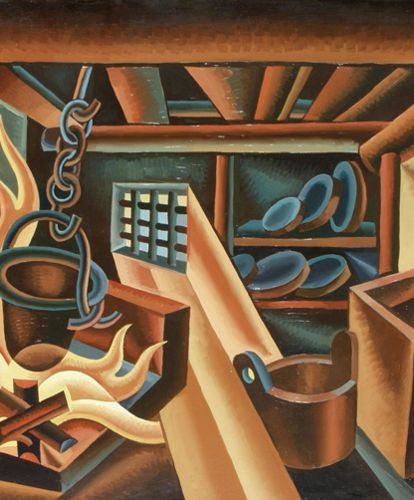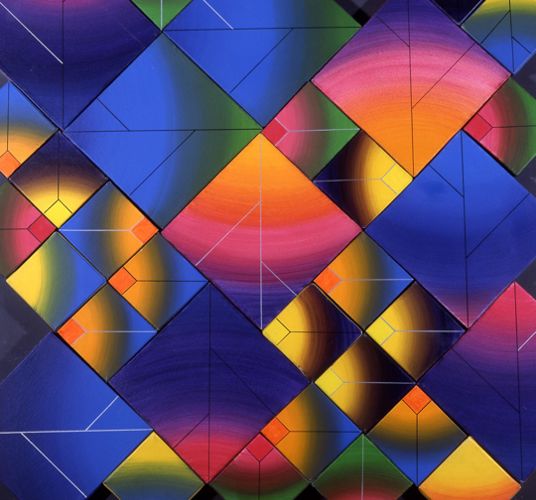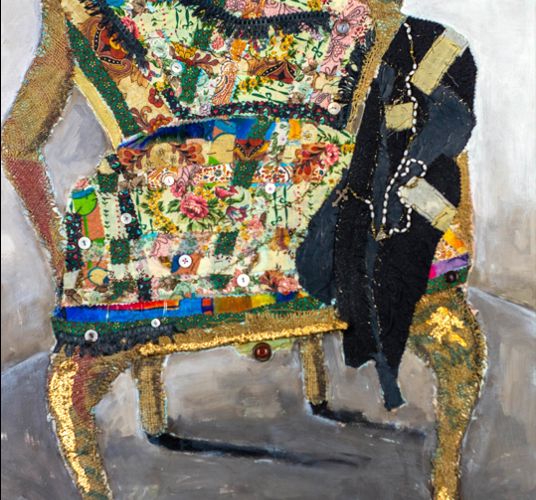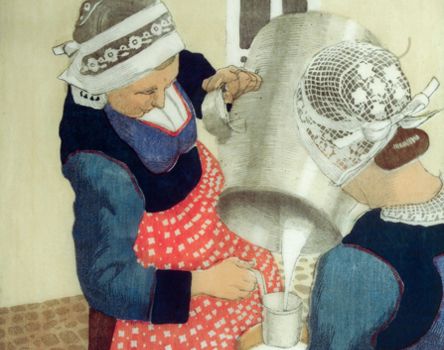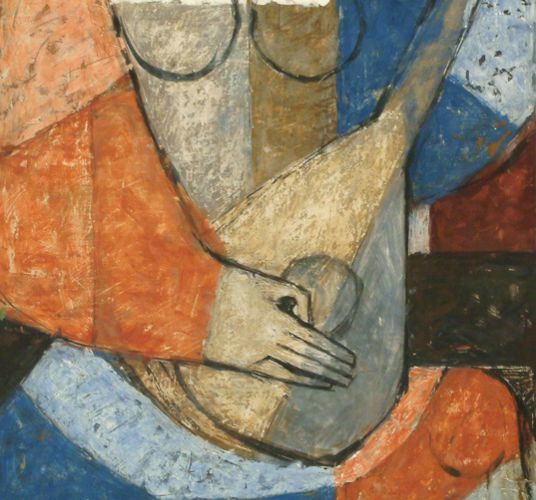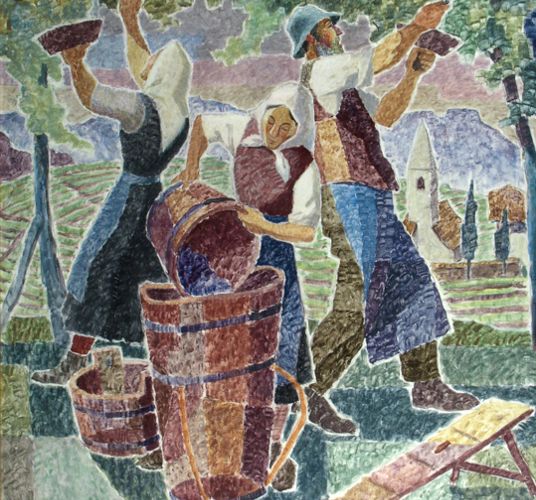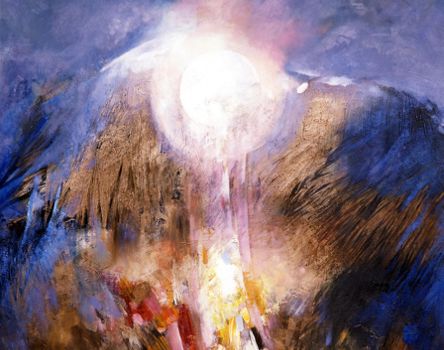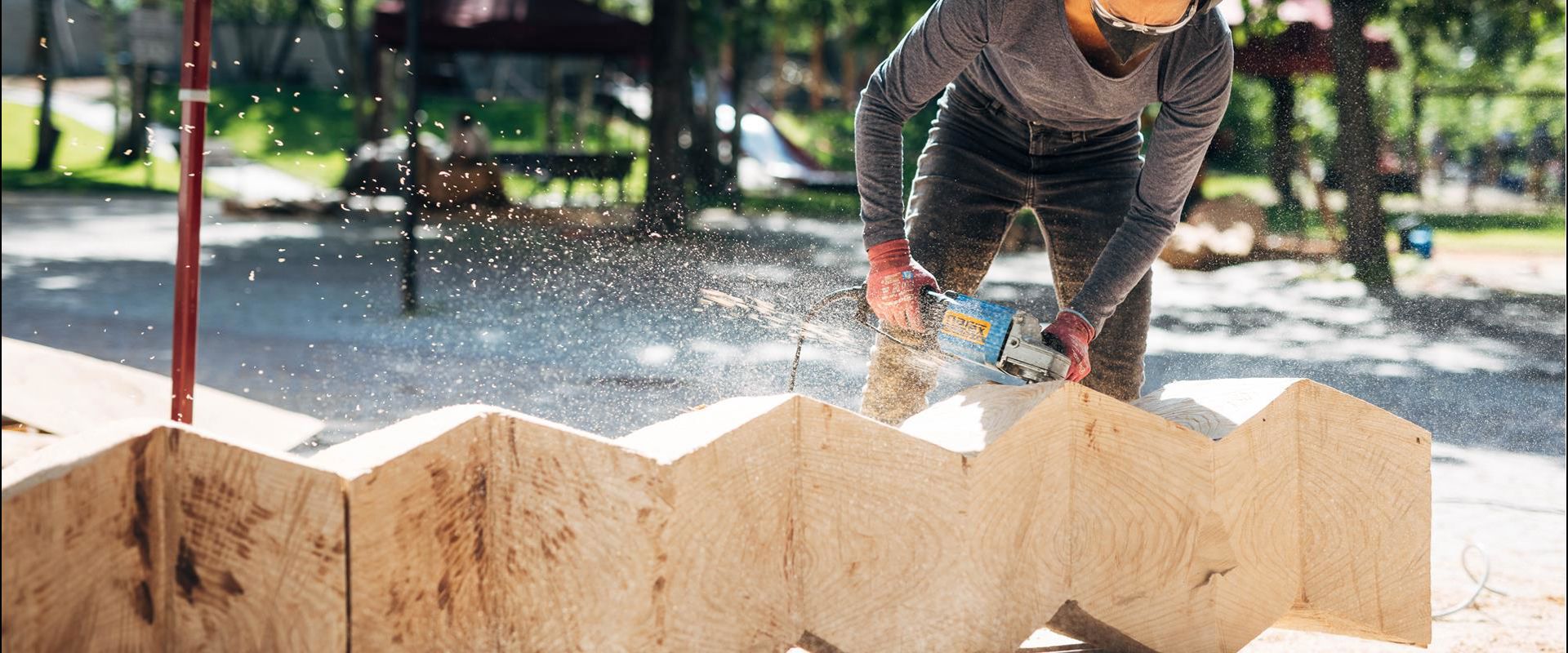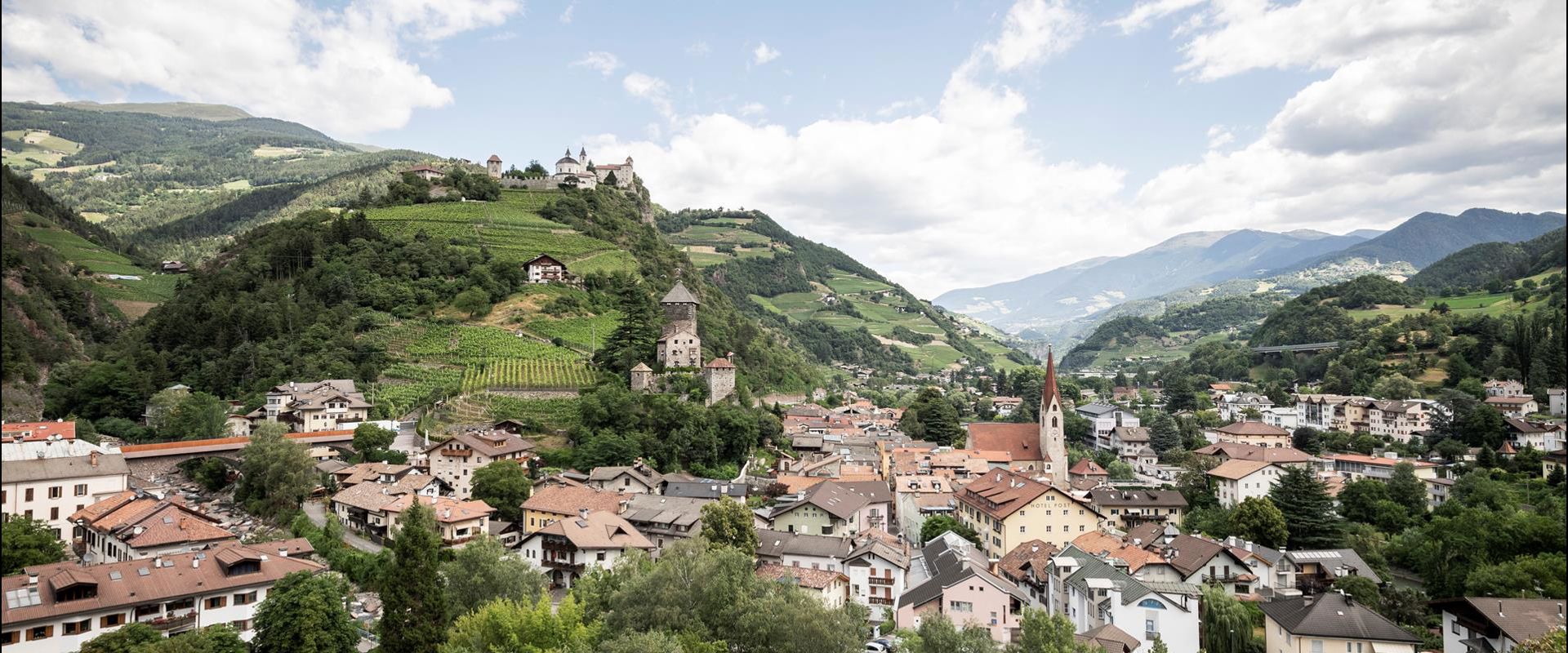Art in the old town
ARTFUL
A city becomes a gallery
"Stepping outside one's own walls is also the overcoming of a border: it is the courage of a decision, it is the pride of belonging, it is the awareness of a legal claim, it is the joy of solidarity." (Marina Eccher, curator)
From March on, the City Museum of Klausen opens its doors to the special exhibition KUNSTGERECHT - L'ARTE A REGOLA D'ARTE. Initiated by the ambitious project La Regione fuori dai vetri, the exhibition highlights and strengthens the historical and territorial identity of Trentino/South Tyrol.
In total, 92 significant works of the artistic heritage of the region will be exhibited in the windows of the stores in the Old Town and in the City Museum. The selection ranges from artists such as Depero to Dallabrida, from Bergman to Vallazza, from Eccel to Moroder-Lusenberg. The exhibition spans public institutions and businesses in Klausen, creating an innovative art experience and highlighting the close connection between culture, economy, and community.
"La Regione fuori dai vetri" is not just a project but a movement aimed at redefining the Trentino/South Tyrol region and restoring its historical and territorial identity. Under the leadership of Waltraud Deeg, Marina Eccher, and Giuseppe Tasin, the project combines technical innovation with political vision and uses art and culture as driving forces for the development of communities.
In 2023, ten exhibitions were realized in Trentino in close collaboration with local municipalities. Klausen is the first municipality in South Tyrol to join the project. The diversity and quality of the exhibited artworks are remarkable and, along with the accompanying catalogs, meetings, and activities, contribute to the visibility of the places where the exhibitions take place.
TO THE BROCHURE"Stepping outside one's own walls is also the overcoming of a border: it is the courage of a decision, it is the pride of belonging, it is the awareness of a legal claim, it is the joy of solidarity." (Marina Eccher, curator)
From March on, the City Museum of Klausen opens its doors to the special exhibition KUNSTGERECHT - L'ARTE A REGOLA D'ARTE. Initiated by the ambitious project La Regione fuori dai vetri, the exhibition highlights and strengthens the historical and territorial identity of Trentino/South Tyrol.
In total, 92 significant works of the artistic heritage of the region will be exhibited in the windows of the stores in the Old Town and in the City Museum. The selection ranges from artists such as Depero to Dallabrida, from Bergman to Vallazza, from Eccel to Moroder-Lusenberg. The exhibition spans public institutions and businesses in Klausen, creating an innovative art experience and highlighting the close connection between culture, economy, and community.
"La Regione fuori dai vetri" is not just a project but a movement aimed at redefining the Trentino/South Tyrol region and restoring its historical and territorial identity. Under the leadership of Waltraud Deeg, Marina Eccher, and Giuseppe Tasin, the project combines technical innovation with political vision and uses art and culture as driving forces for the development of communities.
In 2023, ten exhibitions were realized in Trentino in close collaboration with local municipalities. Klausen is the first municipality in South Tyrol to join the project. The diversity and quality of the exhibited artworks are remarkable and, along with the accompanying catalogs, meetings, and activities, contribute to the visibility of the places where the exhibitions take place.


